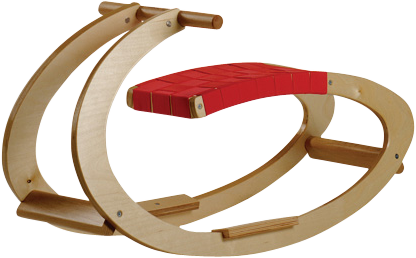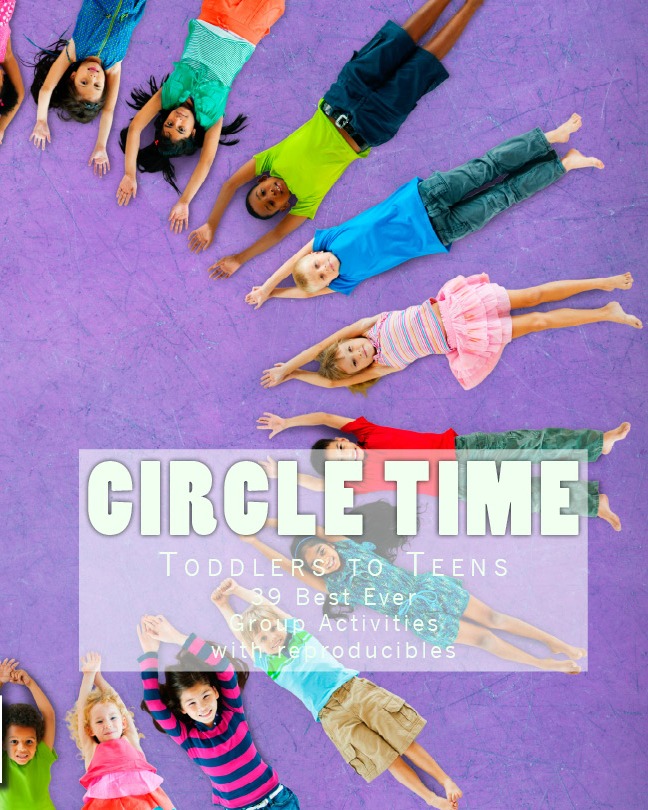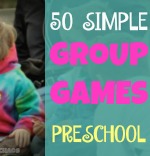Decorate Kids Room for Sensory Play Based Learning
Universal Design elements give children multiple means of inclusion in group settings and aid in learning techniques. Implement design elements into your child's room to incorporate play based learning. We're sharing tips to help you build and design a kid's room that is beautiful, fun, and educational. Enjoy!
Each child has a different learning style. Some children learn visually (visual), some learn by hands-on (kinesthetic), and some learn easily by lecture-style (aural).
A child's room based on universal design incorporating sensory play concepts can aid in the learning process and can give your child a bright future.
 |
| The smooth lines of this "rocking horse" chair help prevent injuries. |
The concept of universal design, the brainchild of architect, Ronald Mace, began as a concept to design all products, spaces, and buildings to be both aesthetically pleasing and well functioning for everyone no matter their ability.
Some principles of universal design include:
- Flexibility in use (The design complements a wide range of preferences and abilities.)
- Simple and intuitive use (The design is easy to understand.)
- Tolerance of error (The design minimizes hazards and unintended actions.)
- Size and space for approach and use (Appropriate space for reach and manipulation whether right or left handed is incorporated in the layout and design.)
- Low physical effort (Design can be used comfortably no matter your mobility/motor skills.)
- Equitable use (The design is useful and marketable to people with varying abilities.)
- Perceptible information (The design communicates information regardless of the user's sensory abilities.)
 |
| Stairway Bunk Bed. |
This bunk bed may not allow for children of all abilities to sleep on top, but it is designed with a sleeping space for people of all abilities. The added element of a secret cubby for hide and seek, a reading nook, or just a private getaway space makes it perfect for sensory play. Children can climb to the top bunk and enjoy a spontaneous game of pretend Castle play.
 |
| Pretend playhouse castle tent. |
Incorporate child size spatial elements to give your child a sense of security. A special place all their own is comforting and encourages imaginative play. Children learn by mimicking adults. Give them the necessary tools to explore. In a tent like this, the child becomes "big" which helps give their confidence a boost in contrast to the daily reminders of their diminutive size in oversized spaces and furniture designed for adults.
 |
Castle Rug for Kids Room. |
When decorating your child's room, think of the five senses and add items that are functional, aesthetically pleasing, and sensitive to their sensory abilities.
Recommended Reading:
The Knight and the Dragon (Paperstar Book)
Pirate Pretend Play













